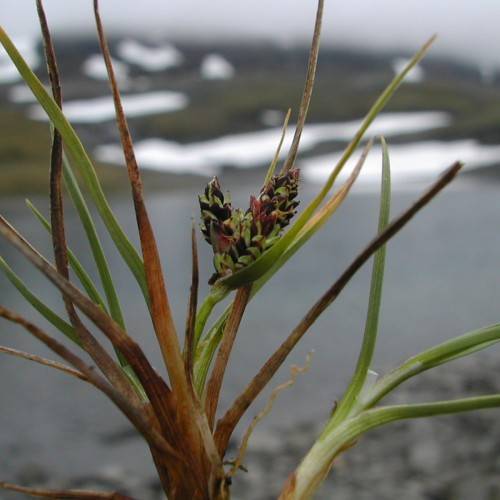
Snowbed Sedge
Carex rufina
Watering:
Average
Hardiness Zone:
Flowers:
Flowers
Sun:
full sun
Leaf:
Yes
Growth Rate:
Low
Drought Tolerant:
Yes
Salt Tolerant:
Yes
Care Level:
Medium
watering
Beaked Sedge should be watered about 1-2 inches per week. Watering frequency will depend on the temperature and soil type; during hot or dry spells, it might be necessary to water more often. Soil should be kept evenly and consistently moist, but not saturated. In general, water in the morning and spread it evenly over the root zone. If applicable, apply a shallow layer of mulch to help conserve soil moisture. Over-watering can lead to problems such as root rot or foliar fungus; avoid wetting the foliage if possible.
sunlight
Beaked Sedge needs full sun for at least 6-8 hours a day to thrive. It prefers moist, shady areas near streams, wetlands, and roadsides, but can also tolerate low- to moderate-level sunlight. In full sun, Beaked Sedge grows quickly and can reach heights of 2 to 3 feet if provided with plenty of water and adequate nutrients.
pruning
Beaked Sedge (Carex rostrata) should be pruned lightly in late winter when the plant is dormant. Pruning Beaked Sedge is not necessary, but it can enhance the overall health and appearance of your plant. You can prune back the tips of the stems by 1/3 to 1/2 of their original length. This will encourage bushy growth, and reduce the amount of flopping over in the stems. It will also encourage new growth and fuller looking plants. It is important to make sure not to overly prune the plants, as too much pruning can reduce flowering and reduce the overall health of the plant.
